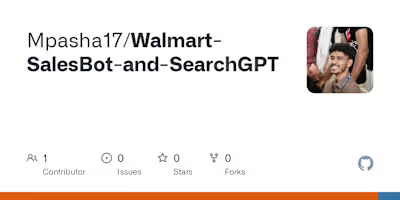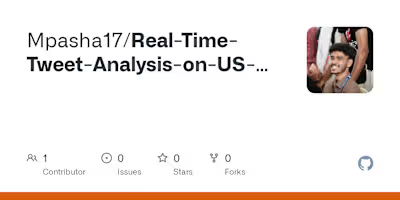Data-Science-Job-Analysis
Data Science Salary Estimator: Project Overview
Created a tool that estimates data science salaries (MAE ~ $ 26K) to help data scientists negotiate their income when they get a job.
Scraped over 1100 job descriptions from glassdoor using python and selenium at 4th September,2020
Engineered features from the text of each job description to quantify the value companies put on python, excel, aws, and spark.
Optimized Linear, Lasso, and Random Forest Regressors using GridsearchCV to reach the best model.
Built a client facing API using flask
Code and Resources Used
Python Version: 3.7
Packages: pandas, numpy, sklearn, matplotlib, seaborn, selenium, flask, json, pickle
Scraper Github: https://github.com/arapfaik/scraping-glassdoor-selenium
Scraper Article: https://towardsdatascience.com/selenium-tutorial-scraping-glassdoor-com-in-10-minutes-3d0915c6d905
YouTube Project Walk-Through: https://www.youtube.com/playlist?list=PL2zq7klxX5ASFejJj80ob9ZAnBHdz5O1t
Flask Productionization: https://towardsdatascience.com/productionize-a-machine-learning-model-with-flask-and-heroku-8201260503d2 Project Idea: https://www.youtube.com/channel/UCiT9RITQ9PW6BhXK0y2jaeg
Web Scraping
Tweaked the web scraper github repo (above) to scrape 1100 job postings from glassdoor.com. With each job, we got the following:
*Job title *Salary Estimate *Job Description *Rating *Company *Company Size *Company Founded Date *Type of Ownership *Industry *Sector *Revenue
Data Cleaning
After scraping the data, I needed to clean it up so that it was usable for our model. I made the following changes and created the following variables:
*Parsed numeric data out of salary
*Made columns for employer provided salary and hourly wages
*Removed rows without salary
*Parsed rating out of company text
*Made a new column for company state
*Added a column for if the job was at the company’s headquarters
*Transformed founded date into age of company
*Made columns for if different skills were listed in the job description:
Python
R
Excel
AWS
Spark
*Column for simplified job title and Seniority
*Column for description length
EDA
I looked at the distributions of the data and the value counts for the various categorical variables. Below are a few highlights from the pivot tables.
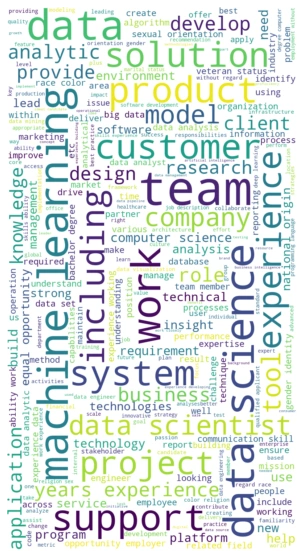
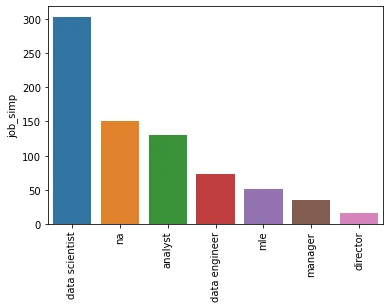
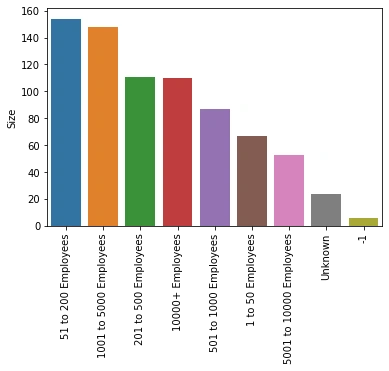
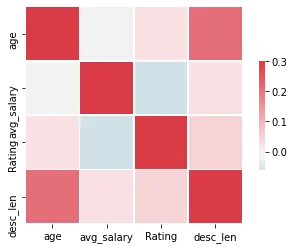
Model Building
First, I transformed the categorical variables into dummy variables. I also split the data into train and tests sets with a test size of 30%.
I tried three different models and evaluated them using Mean Absolute Error. I chose MAE because it is relatively easy to interpret and outliers aren’t particularly bad in for this type of model.
I tried three different models:
*Multiple Linear Regression – Baseline for the model
*Lasso Regression – Because of the sparse data from the many categorical variables, I thought a normalized regression like lasso would be effective.
*Random Forest – Again, with the sparsity associated with the data, I thought that this would be a good fit.
Model performance
The Random Forest model far outperformed the other approaches on the test and validation sets.
*Random Forest : MAE =-29.61
*Linear Regression: MAE = -26.172941
*Ridge Regression: MAE = 31.09
Like this project
Posted Jan 19, 2024
Contribute to Data-Science-Job-Analysis development by creating an account on GitHub.
Likes
0
Views
7


